The Law: Left Lane Rules in California
California law is clear about how the left lane—often called the “fast lane” or “passing lane”—should be used on multi-lane highways. According to California Vehicle Code Section 21654, if you are driving slower than the normal speed of traffic, you must move to the right lane—regardless of the posted speed limit. This means that even if you are technically at or below the speed limit, but are moving slower than the flow of traffic around you, the law requires you to keep right and avoid blocking faster vehicles in the left lane.
The left lane is primarily for passing, overtaking, or preparing to make a left turn. The California Driver’s Handbook emphasises that this lane is not intended for cruising or long-distance travel when you are not actively passing another vehicle.
There are exceptions: you are allowed to remain in the left lane if you are passing another vehicle, preparing for a left turn, or if the right lane is closed due to construction or an emergency. Otherwise, staying in the left lane while driving slowly can result in a traffic citation for “impeding the flow of traffic”.
Is It Illegal to Drive Slow in the Left Lane in California?
Yes, in California, it is illegal to drive too slowly in the left lane, and you can get a ticket for it. as per California Vehicle Code 21654
The Reality: Enforcement and Common Misconceptions
Despite the law, many California drivers do not strictly observe left lane etiquette. Some mistakenly believe that as long as they are driving at the posted speed limit, they are entitled to use the left lane continuously. However, the law does not require other drivers to speed to pass you—just that you must keep right if you are moving slower than the prevailing traffic, even if everyone else is traveling above the speed limit.
If you are in the left lane and realize you are not passing or turning, it is considered best practice (and required by law) to move to the right as soon as it is safe to do so. This reduces the risk of accidents, road rage, and traffic congestion.
Penalties and Consequences
Driving slowly in the left lane and impeding faster traffic is not just poor etiquette—it is a ticketable offense. The exact fine can vary, but citations for “impeding the flow of traffic” typically carry a penalty of around $238 and may add a point to your driving record. More importantly, such behavior can be dangerous, increasing the risk of rear-end collisions, tailgating, and aggressive driving maneuvers by frustrated motorists.
In rare cases, if your slow driving in the left lane causes an accident, you could also face civil liability—meaning you might be sued by other drivers in addition to receiving a traffic citation.
Practical Advice for California Drivers
-
Keep Right Except to Pass: Always use the right lane unless you are overtaking another vehicle or preparing to turn left.
-
Be Mindful of Traffic Flow: Adjust your speed and lane position based on the movement of surrounding vehicles, not just the posted speed limit.
-
Move Over Promptly: Once you have completed your pass, or if you notice faster vehicles approaching from behind, move to the right lane as soon as it is safe.
-
Yield to Emergency Vehicles: Always clear the left lane for emergency vehicles with lights and sirens.
-
Avoid Road Rage: Respecting left lane laws helps reduce frustration and dangerous driving behaviors among fellow motorists.
Why Are These Laws Important?
Left lane laws exist primarily to maintain safety and keep traffic flowing smoothly. When slower vehicles block the left lane, it forces faster drivers to weave through traffic, increasing the risk of accidents and creating bottlenecks. These laws are also designed to minimize road rage and encourage courteous driving habits that benefit everyone on the road.
Compliance is not just about avoiding tickets—it’s about reducing crashes, improving traffic flow, and promoting a culture of mutual respect among drivers.
Common Questions
Can you get a ticket for going the speed limit in the left lane?
Yes, if you are moving slower than the flow of traffic, even at the speed limit, California law requires you to move right and can cite you for impeding traffic.
What if everyone else is speeding?
The law does not require others to speed, but it does require you to keep right if you are slower than the prevailing traffic—even if everyone else is breaking the speed limit.
Are there exceptions?
You may stay in the left lane to pass another vehicle, prepare for a left turn, or if the right lane is obstructed.
How much is the fine for impeding traffic in the left lane?
The fine is typically around $238, and you may receive a point on your license.
Can you be sued for driving slow in the left lane if there’s an accident?
Yes, if your actions contribute to a crash, you could face civil liability in addition to a traffic citation.
Conclusion
Driving slowly in the left lane on California highways is not just inconsiderate—it is illegal. The law requires slower-moving vehicles to keep right, reserving the left lane for passing and left turns. Failure to comply can result in fines, points on your license, and increased risk of accidents. By following these rules, you contribute to safer, smoother, and more predictable traffic for everyone.
Next time you find yourself in the left lane, ask: Am I passing, turning, or moving with the flow of traffic? If the answer is no, move over—it’s the law, and it’s the right thing to do.
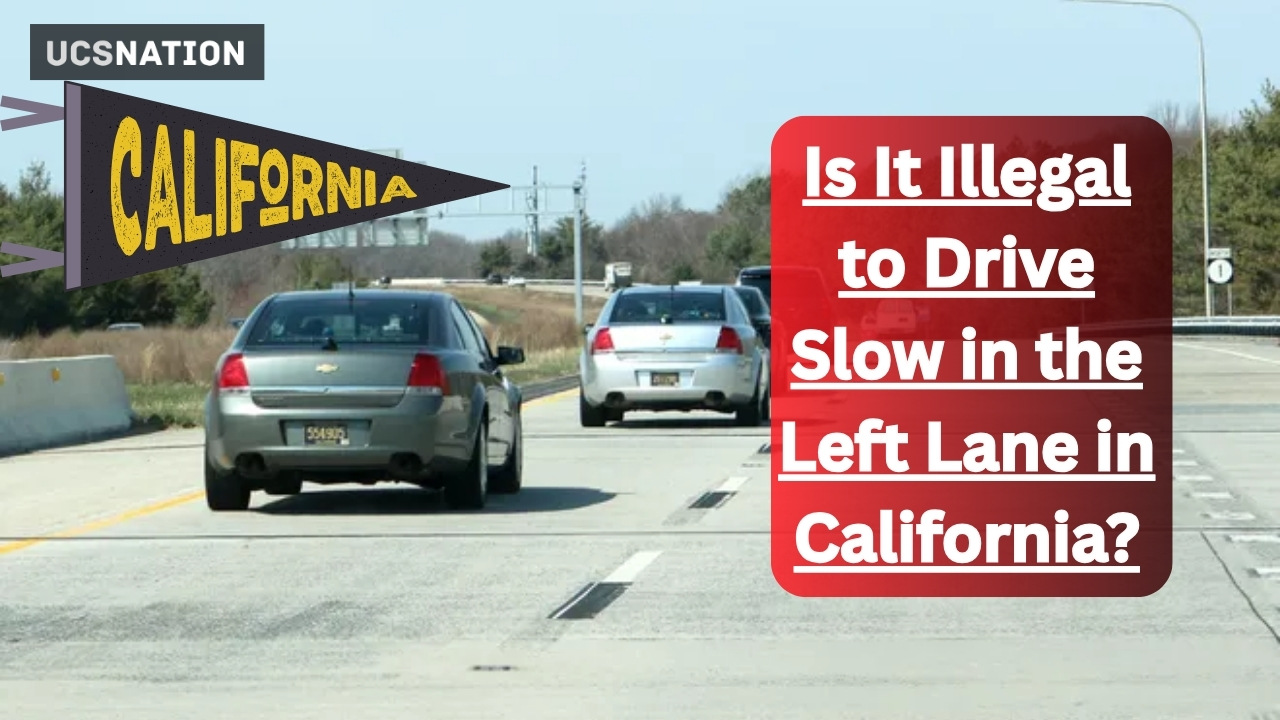


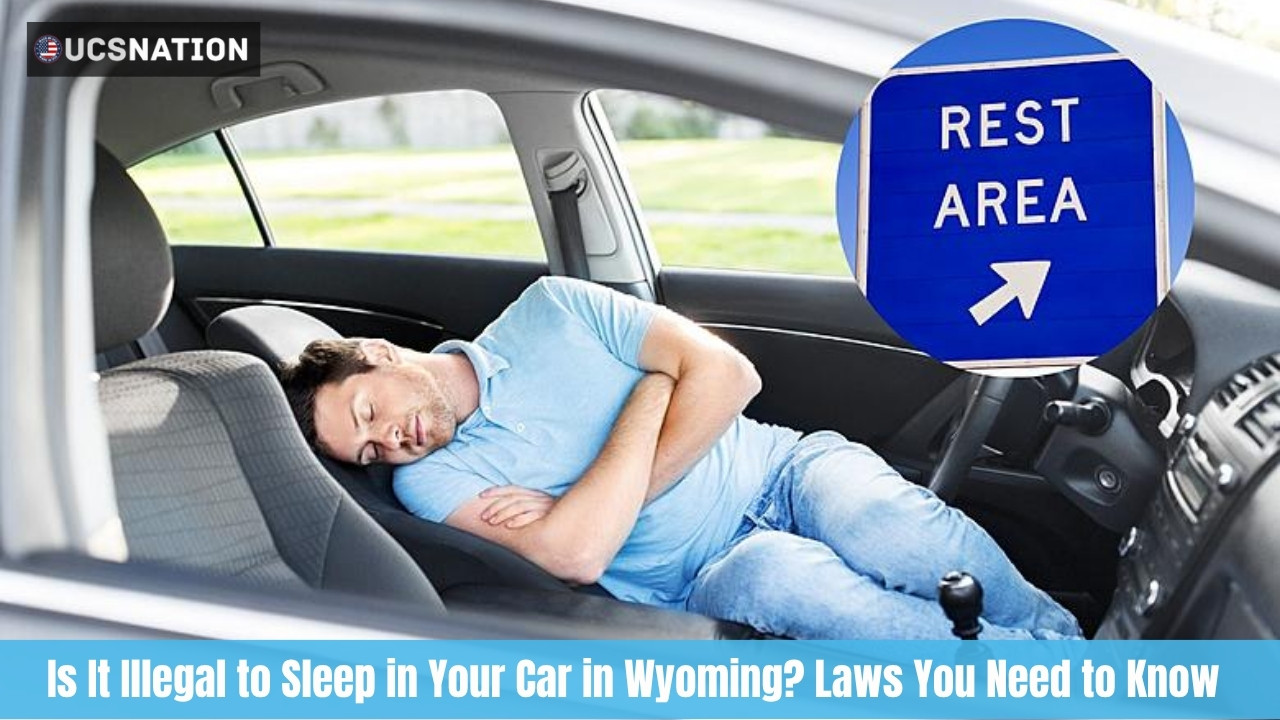


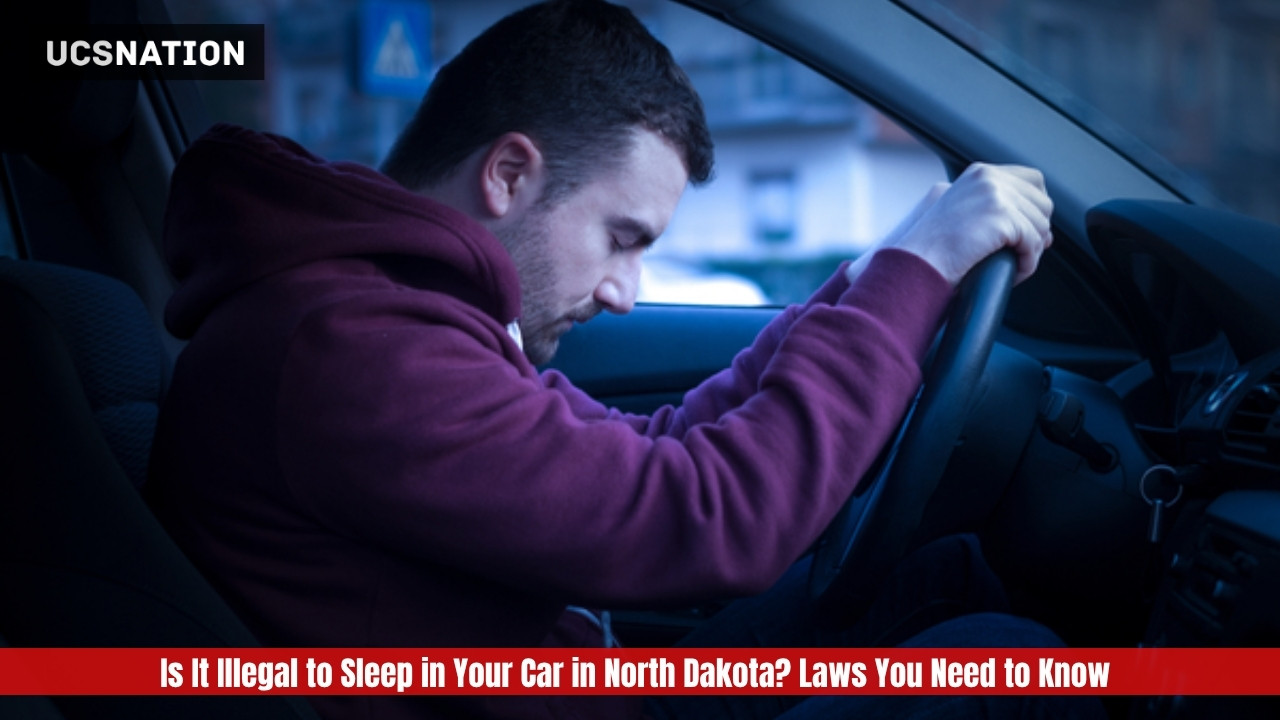
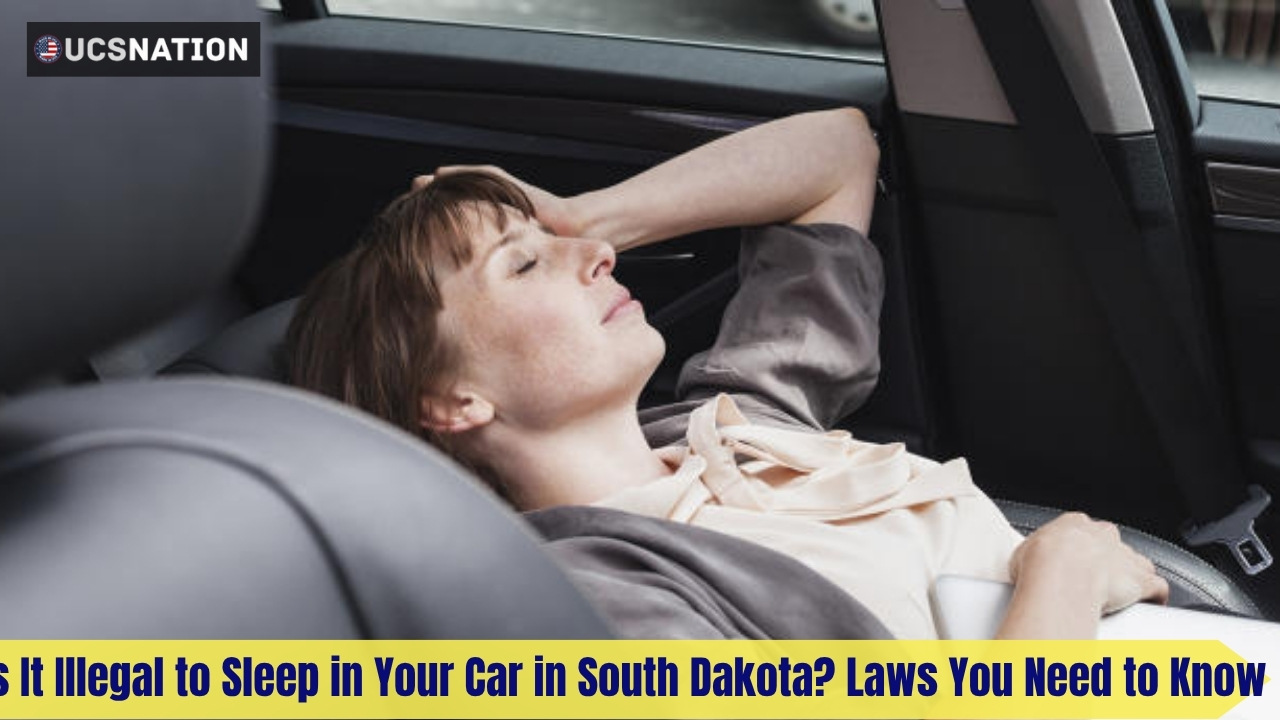




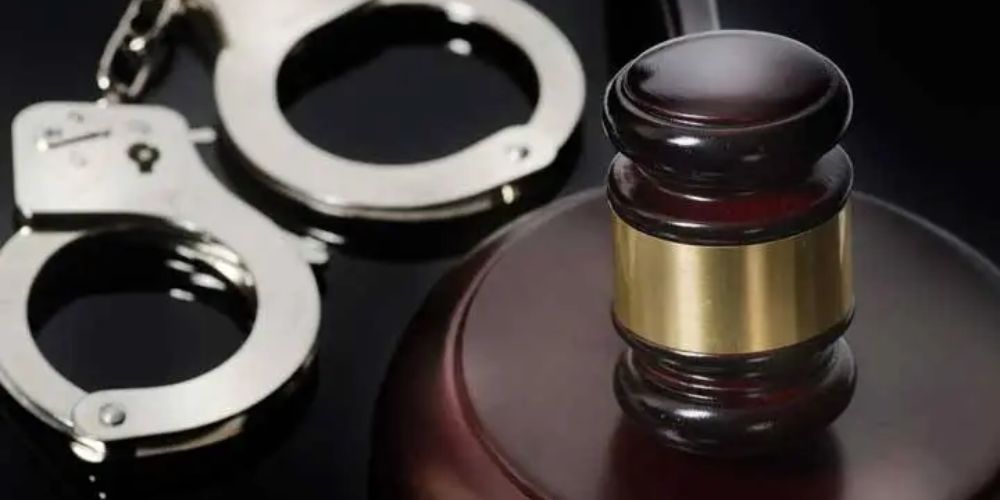


Leave a Reply